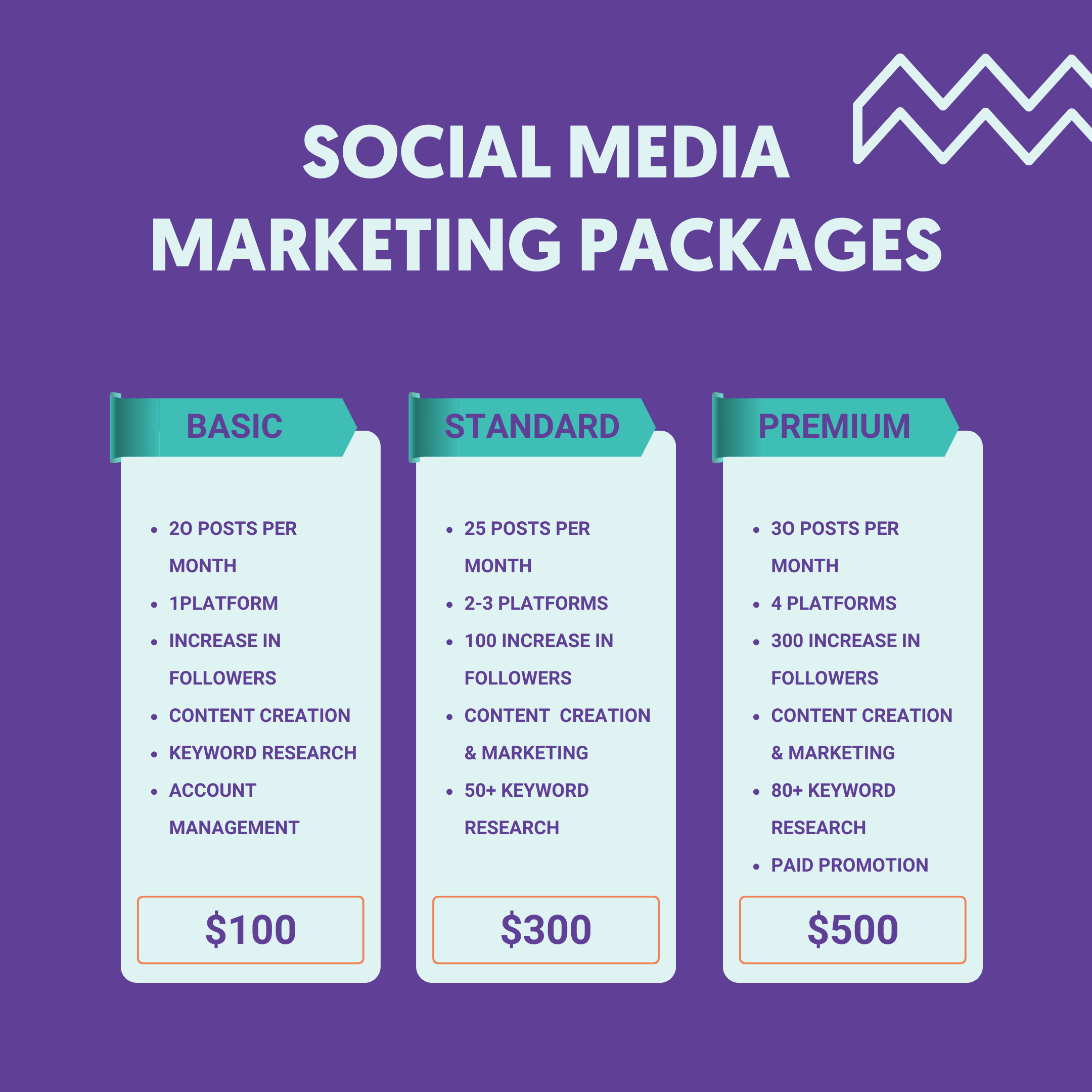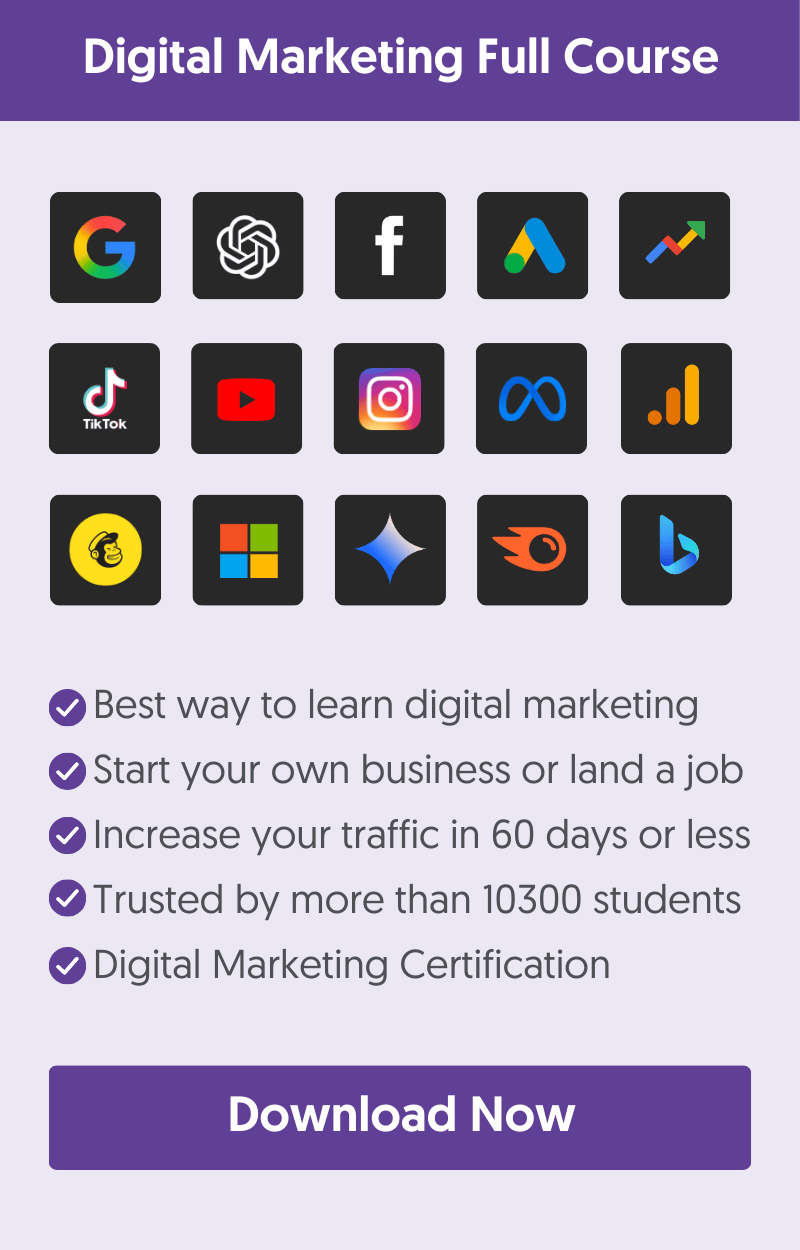Figuring out how much to charge as a digital marketer freelancer can be challenging. I know what you're thinking:
If you set your rates too high, you worry no one will hire you. If you set them too low, you'll end up working for nothing, and it's not worth it.
In this post, I'll show you how to price your services in a way that makes sense, especially when starting.
Step 1: Understand the Different Ways to Price Your Services
Before doing anything else, the first step is to understand how pricing works for freelancers. There isn’t one fixed method, but different models that fit different types of work.
Here are the most common ways freelancers price their services:
Hourly rate: You get paid for the time you work. This is common for SEO audits, consulting, or once-off tasks.
Per project: You charge a flat fee to complete a project. For example, a website design, mobile app development, etc.
Monthly retainer: You charge clients a predefined amount each month for ongoing work, like managing their social media or running Google Ads.
Value-based pricing: Instead of charging for time or deliverables, you charge based on the value you provide. To be honest, only a few people use this model. To achieve this point, you need a lot of experience and confidence to consistently deliver measurable results.

Step 2: Choose the Right Pricing Model for Your Services
The easiest model to start with is project-based pricing, followed by an hourly rate.
This will give you flexibility in adjusting your prices to win clients in the beginning and help you learn how long tasks actually take.
As you get more confident and gain experience, you can move to monthly retainers, especially for services that require ongoing work like social media and PPC management.
Here are a few examples of popular digital marketing packages:
- Social media marketing services range from $450 to $5000 per month (depending on industry and content requirements)
- SEO services start from $50 to $200 per hour (depending on the freelancer's experience)
- Google Ads management fee depends on the total monthly ad spend, which is usually 20% + an overhead fee.
Step 3: Use Industry Rates as a Guide, Not a Rule
A good way to understand what clients are willing to pay is by researching what other freelancers charge for similar services.
You can start by checking:
- Freelance platforms like Upwork or Fiverr can help you see price ranges for specific services
- Job boards or communities where freelance marketers post their prices
- LinkedIn or Glassdoor salary data for freelancers and contractors
- Digital Marketing Agency pricing pages (if you want to position yourself as a more affordable, flexible option)
What you’ll notice is that prices vary widely. Some freelancers charge $20 per hour, others charge $200. That’s because rates depend on many things, including experience, niche, country, results, and the type of client you’re targeting.
Step 4: Decide How Much to Charge for Your Services
Now that you understand pricing models and industry benchmarks, it’s time to decide how much to charge for your freelance services.
This is where most new freelancers get stuck, and it’s understandable. You don’t want to scare clients away with high prices, but you also don’t want to undercharge and end up working for less than you’re worth.
Here’s how to make a good decision:
First, think about your experience and confidence level. If you’re just getting started, it’s okay to price lower while you gain testimonials and case studies. That doesn’t mean selling yourself short, it means building social proof.
Then, consider your niche and the type of client you’re targeting. A local fitness studio has a very different budget than an AI SaaS company. Tailor your pricing to the size, expectations, and goals of the businesses you want to serve.
Most importantly, think in terms of value, not just time. Clients don’t pay you for hours. They pay you to solve a problem, generate leads, grow traffic, or help their business succeed.
Even if you’re new, if you’re solving a real pain point, you’re bringing value.
To avoid overthinking, set a clear starting rate for each service based on your pricing model:
- Example: $300 for an SEO audit
- Example: $500/month for social media management
- Example: $100 per blog post for niche content creation
These aren’t permanent. You can adjust your pricing as your skills and confidence grow. To give you an idea, when I started freelancing, I priced my first SEO audit at just $50.
I knew it was low, but my goal wasn’t to make a lot of money, it was to gain experience, build trust, and collect real customer testimonials.
Those early clients were thrilled with the value I delivered, and their reviews helped me get more clients at a higher rate.
Something else to understand is this. You don't have to charge clients high rates from day 1. Better give them lower rates to start working with you, over-deliver, and then you can discuss higher rates. If they are happy with the results, they won't have a problem paying more to get more value.
Step 5: Create Simple, Clear Pricing Packages
Once you’ve decided how much to charge, the next step is to present your services in a way that clients will understand.
Create a dedicated page on your website and include the following:
- A short introduction explaining what you do and who your services are for.
- A list of your main services (e.g., SEO, PPC, social media).
- Your pricing packages
- A brief description of how your services work
- Testimonials and case studies (even short ones build trust)
- A short FAQ section to address common questions
- A call to action (e.g., “Book a discovery call” or “Request a quote”)
Keep your pricing structure simple. Don’t give too many options. A three-tier setup is enough, something like Basic, Standard, and Premium.
Here is an example:

After your packages, add a short section explaining how you work. Give a quick overview of what happens once someone signs up: onboarding, strategy call, deliverables, and reporting.
Avoid making unrealistic promises like "explode your traffic" or "10X your leads overnight." Instead, say "Increase your Google visibility with targeted SEO".
Step 6: Establish an Annual Income Goal
An alternative way to decide how much to charge for your freelance marketing services is to work backward from your financial goals.
Do this exercise even if you don't plan to follow this approach. It will help you understand your earning potential.
Start by asking: How much do I need to earn per year to support myself and run my business comfortably?
Your goal should include:
- Your personal living expenses (rent, food, insurance, etc.)
- Business expenses (tools, software, internet, subscriptions, hosting, etc.)
- Taxes and retirement savings
- Any extra goals (vacations, new equipment, training, etc.)
Let’s say you want to earn $50,000 a year. If you plan to work 48 weeks a year and bill for 20 hours each week, you’d need to earn around $52 per billable hour to meet that goal.
Noticed that the billable hours per week are 20 instead of the normal 40 hours a week. This is because you need to account for time spent on marketing, client communication, and administrative work.
Additional Tips for Setting Freelance Marketing Rates
Here are some additional tips that will help you make the right decision when it comes to pricing your services:
1. Don’t charge based on what you’d pay.
Just because you wouldn’t pay $800 for SEO doesn’t mean your client won’t. Businesses see marketing as an investment, not a personal expense. Price based on the value you provide, not your own beliefs.
2. Don't continue to underprice your work.
It's okay to offer discounted prices in the beginning, but don't continue with this mode as you gain clients and experience. Underpricing often leads to burnout and frustration.
It’s better to attract clients who respect your work and see it as a business investment rather than clients who always look for the cheapest option.
3. Set minimum pricing for projects.
Even small projects require communication, onboarding, and planning time. Set a minimum project rate so you don’t get stuck doing a lot of work for too little return.
4. Adjust your rates as you grow.
Your pricing isn’t fixed. As your experience grows and you can achieve measurable results, raise your prices accordingly.
6. Don’t be too cheap, as low prices can signal low quality.
If your rates are far below the industry average, some clients might assume your work is low-quality, which can hurt your credibility. The key is to balance what others are charging with what your ideal clients are willing to pay and find a win-win.
Aim for rates that reflect the quality and value you deliver.
What to Do Next
From experience, I know that setting your prices is challenging, and that's okay. The most important thing is choosing a pricing structure, testing it, and adjusting as you progress through your freelance journey.
If you’ve followed this guide, you now have the tools to set rates that are fair, clear, and aligned with your goals. Whether you charge by project or hourly, your next step is to publish your pricing on your website and be confident when discussing it with potential clients.



